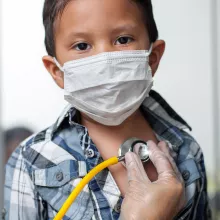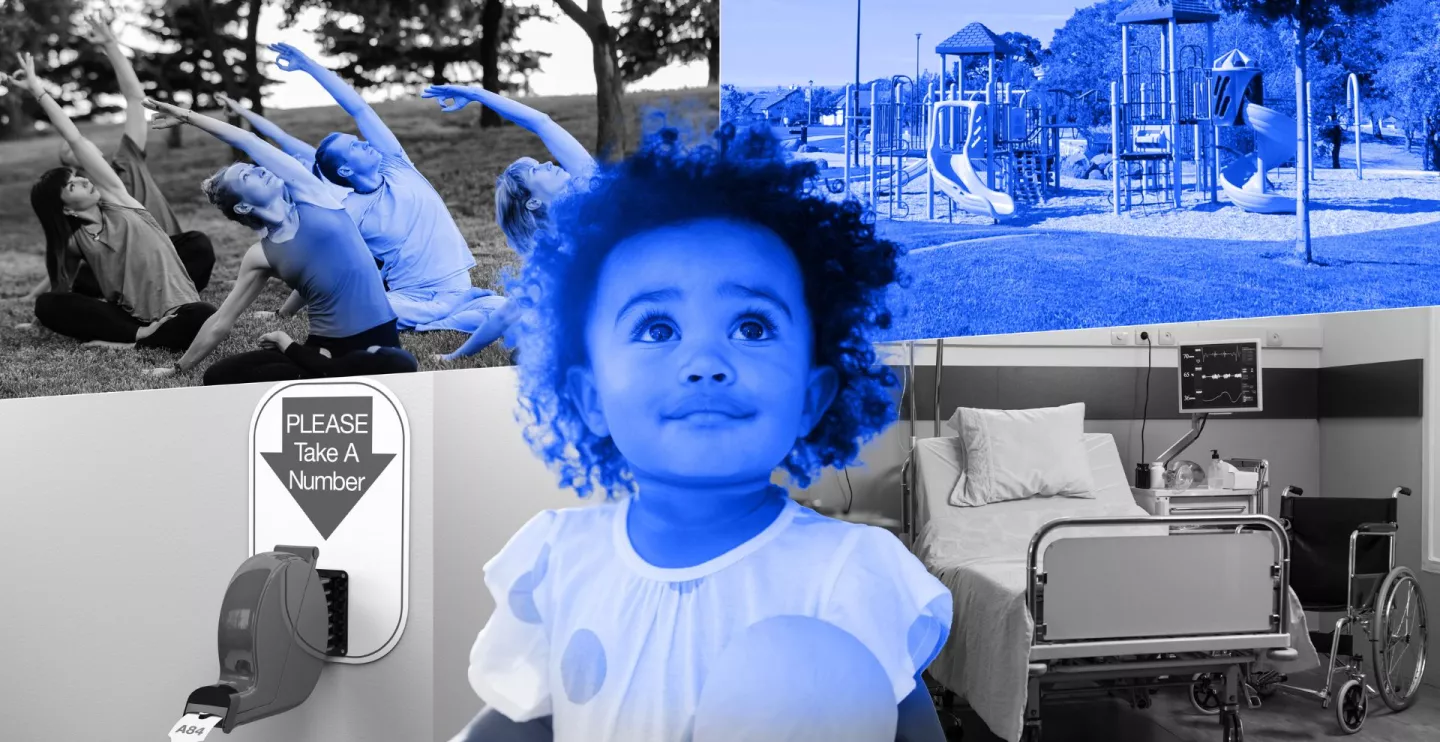Publications Menu
Summary: A team of researchers examined the state of modern health and health care in California, the historical policy decisions and societal shifts that created the current situation, and trends influencing change in the existing health care environment. They focused on the seven topic areas: (1) health systems and public programs, (2) insurance coverage and markets, (3) environmental influences, (4) chronic conditions and mental health, (5) child and adolescent health, (6) aging residents, and (7) racial justice and immigrant populations.
After building a foundation of understanding for 2022, the team then asked: what progress has California made to ensuring that all people have reasonably equal access to covered services and how can the state ensure population health equity in the future? This process involved imagining potential future scenarios and how each may be impacted by the resilience of the population, technological advancements, civic response to proposed and real changes, the sustainability of changes in the long-term, and considerations of equity.
Findings: Researchers found that two factors that affect future health is whether leaders in the state will define "health" in broad or narrow terms and whether health care systems are interoperable, or able to exchange and make use of information together. Depending on those definitions and which systems will operate well together, California has four possible health system scenarios in the future:
- Scenario 1: Patchwork of well-being. More than just clinical care limited to an individual, this localized health system recognizes factors that lead health disparities and supports connections between housing, education, employment, and health at the community level.
- Scenario 2: Uniform health and wellness. In this system, health and wellness include an understanding of the social determinants of health and are scaled for the whole state population. Health is highly integrated with social needs such as housing or education, and there is little regional variation in health and social services systems.
- Scenario 3: Sickness Systems. Health care focuses on clinical care for sick individuals and emphasizes individual responsibility for health. There is little integration of specialty or primary care, limited focus on prevention, and no larger interest in community health.
- Scenario 4: Effective Sickness System. Health care focuses on individualized care. A one-stop shop for all health care needs, this approach emphasizes clinical care solutions and individual responsibility to improve health outcomes rather than addressing community-level health disparities and inequities.
Authors invite readers to consider which scenario (or combination of scenarios) they feel best captures the California they want to live in and evaluate which policy recommendations they believe will help the state reach that goal.
Read the Publication:













